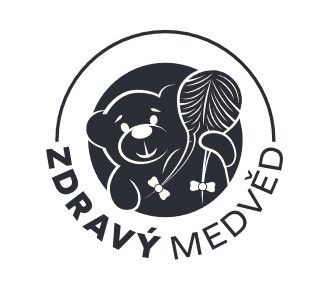Maca
Synonym: Peruvian cress, Maka
Characteristics: Maca (Lepidium meyenii) is a plant from the cruciferous family, originating from the Andes region of Peru. The aerial part is made up of a rosette of about 12 to 20 leaves, the underground part of the plant, known as the bulb (hypocotyl), is the storage organ and is the part that is used commercially. The hypocotyl can be different colors such as red, purple, cream, yellow or black and is 10 to 14 cm long and 3 to 5 cm wide. A cool climate appears to be critical for its growth, so maca is grown in a narrow high-altitude zone of the Andes Mountains in Peru, especially near Carhuamayo and Junin. Maca has one of the highest frost resistances of any cultivated plant, which allows it to grow at altitudes of 3,800 to 4,800 m above sea level. Maca was domesticated at least 1,300 to 2,000 years ago and was used as an important food by the indigenous people of the Andes for its high nutritional value as well as to increase fertility and sexual performance. Throughout the Inca Empire, its consumption was limited to the privileged classes and was often given to warriors as a form of award. Native people used maca to treat many conditions including anemia, tuberculosis, sterility, and fatigue. For its claimed anabolic and aphrodisiac effects, maca is often referred to as "ginseng of the Andes" or "Peruvian ginseng." But beware, it does not belong to the same botanical family as ginseng. Although it is traditionally grown as a vegetable crop, its medicinal use has recently become more prominent. Commonly added to smoothies, juices and cocktails, the ground root powder can also be used as an ingredient in coffee, chocolate, or oils. In Peru, the whole root is added to soup and porridge, roasted, and eaten as a vegetable, or made into a fermented drink called "chicha de maca". Although its effectiveness is not proven, some athletes have used maca as an alternative to anabolic steroids. Ethnobotanical studies document the use of maca for depression, cancer, as well as menstrual and sexual disorders. Other studies describe its use for the regulation of hormonal secretion (excretion of hormones), immunostimulation and memory improvement. Ground hypocotyl is sold as a nutraceutical and is said to increase fertility (sperm quality) and act as an aphrodisiac in men, women, and livestock.
Part used: tuber (hypocotyl) aka root
Ingredients: glucosinolates and isothiocyanates, phenolic compounds, amino acids, minerals, vitamins, sterols, fatty acids
Dietary Supplements: Maca is sold in several different forms including powder, capsules, and tincture.
Natural sources: The root can be eaten raw or cooked and dried and stored for years without serious damage. Ground root powder can be used as an ingredient in coffee, chocolate, oils or added to smoothies, juices, and cocktails. The root has an earthy pungent taste, its nutty aroma goes well with cinnamon. In South America, the roots are used to make porridge (known as mazamorra), jam and pudding. In Peru, the roots are used to make a sweet-smelling drink called maca chichi.
Effect: Maca has aphrodisiac and fertility-enhancing effects, protects cells from oxidative stress because it can absorb free radicals.
Recommended daily dose: Adults often take doses of 1.5‒3.5 grams of maca root per day for 6‒16 weeks. Most manufacturers recommend 450 mg of dried maca extract 3 times a day with food.
Side Effects: Side effects of maca root are generally uncommon and mild and may include gastrointestinal symptoms or headaches. There have been subjective (based on personal feelings) reports of altered menstrual cycles, moodiness, cramps, gastritis, and insomnia.
Contraindications: Maca should be avoided by patients with thyroid disease, as excess glucosinolates combined with a low-iodine diet can cause goiter.
Interaction: Missing information.
Pregnancy: Due to lack of information, use is not recommended.
Breastfeeding: Due to lack of information, use is not recommended.
Warning: Maca may interfere with testosterone immunoassays (a method of measuring testosterone).
Toxicity: Maca has a low degree of acute oral toxicity in animals and low cellular toxicity in vitro. Its long-term use as a food product suggests a low toxicity potential.
Maca
Chat with us on WhatsApp



